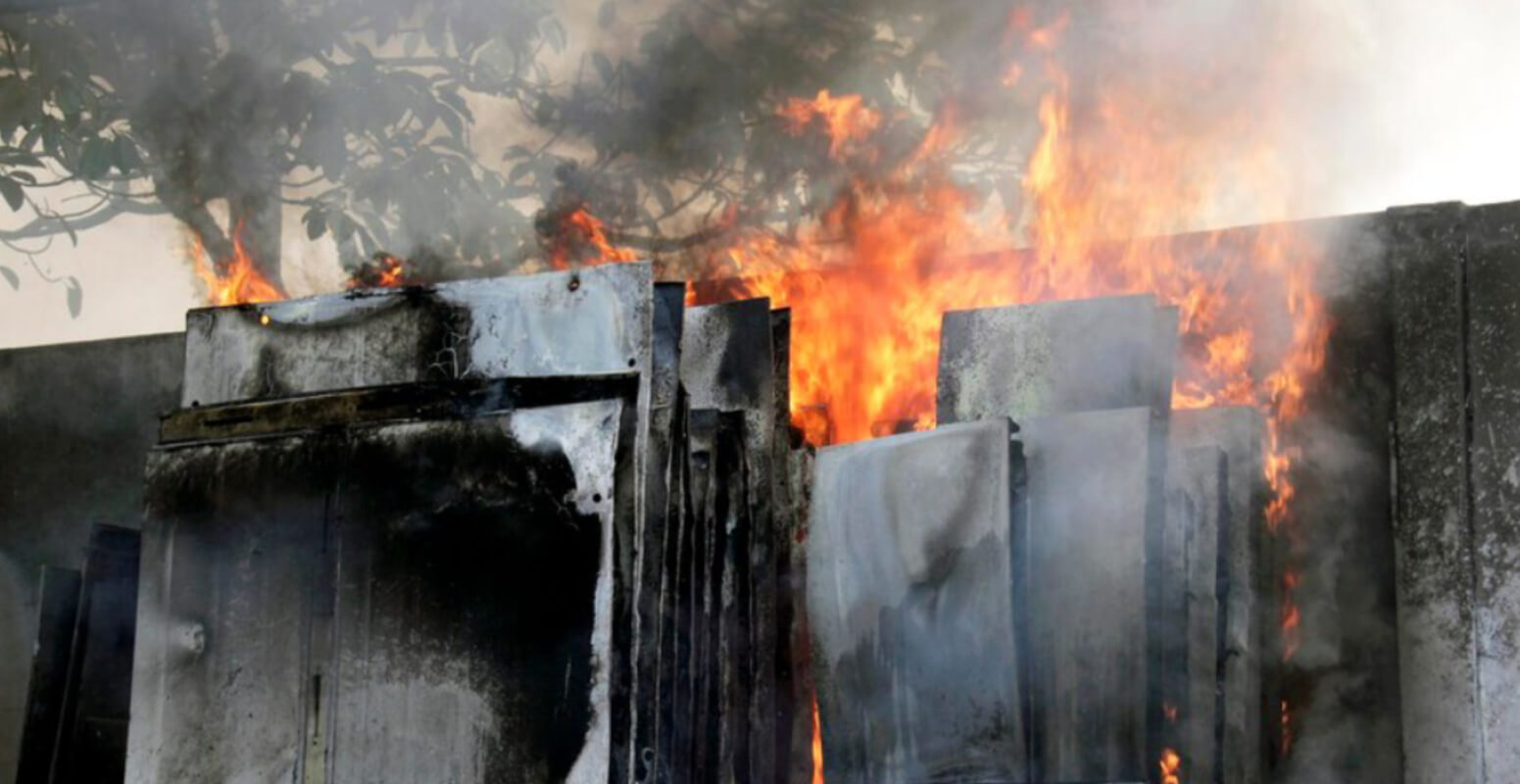In Fort Worth, water damage doesn’t always come from floods or burst mains. Sometimes, the most devastating damage starts from a quiet, slow drip — a pipe behind the wall, under the sink, or in the attic that leaks for days or weeks before anyone notices. It’s not dramatic, but it’s deadly to your property. By the time the signs appear — stains on drywall, warped flooring, or a faint musty smell — the real destruction is already done. And yet, many homeowners still underestimate the power of a single, overlooked leak.
The issue isn’t just the water you see. It’s where that water travels and what it touches along the way. A simple pipe leak cleanup service job in the bathroom could extend into the closet, subfloor, or even the structure beneath the home. Water flows fast and far. It seeps into cracks, travels behind insulation, and saturates framing materials long before surfaces show signs of damage. That’s why water damage cleanup must start with a full inspection — not just a mop and fan.
Small leaks often lead to big problems because they’re hard to detect. Many Fort Worth homes have aging plumbing hidden in crawl spaces, walls, or behind cabinetry. A water pipe break may release only a few ounces at a time, but over days, that adds up to gallons. Left untreated, this water causes swelling, rot, and microbial growth. Even a minor delay in handling a broken water pipe repair can turn into a multi-room water damage restoration job.
A common culprit? Appliances. When dishwashers, washing machines, or refrigerator lines go unnoticed, you need immediate appliance leak cleanup. These slow leaks sit beneath the unit, damaging baseboards, floors, and wallboards. If the subfloor gets saturated, you’re looking at floor water damage that can compromise your home’s structural integrity. And once the damage spreads, you’ll need structural restoration, not just cosmetic repair.
Fort Worth is no stranger to intense storms, which often create pressure imbalances in plumbing systems. These events increase the risk of main water line break failures or a sudden burst pipe damage cleanup emergency. When that happens, water surges through homes — and it’s not just about drying the mess. Proper water extraction & removal and advanced drying are critical to avoid long-term damage.
Storms also bring roof complications. Roof leaks caused by high winds or debris can introduce water that runs into the attic, walls, or lighting systems. If a leak goes unnoticed, it doesn’t take long for it to travel downward, saturating drywall, pooling near outlets, and damaging flooring. What began as storm and wind damage cleanup quickly turns into an interior flood damage cleanup job if it’s not caught early.
Let’s not forget Fort Worth homes with multiple bathrooms. Overflow events are common, especially during busy seasons. A toilet overflow cleanup or bathroom sink overflow may look like a surface spill, but the water likely seeps into adjacent rooms, below flooring, and into the framing. That’s how what seemed like a one-room event becomes a multi-area restoration project. Same goes for shower & tub overflow events, which often affect lower floors in two-story homes.
If the plumbing system is overwhelmed, especially after heavy rains, you may need sewage removal & cleanup due to backflow or drain blockage. This isn’t just water — it’s contaminated waste that can quickly spread bacteria and odor throughout your property. When you’re dealing with anything near a sewer line, full decontamination and material removal are necessary to ensure safety.
In older Fort Worth homes, a kitchen sink overflow might be caused by aging connections or improper drainage. While it might seem like a quick fix, water from the sink can easily flow beneath cabinets and into the wall cavity behind. Over time, this affects insulation, electrical systems, and framing. That kind of slow decay results in poor air quality, hidden moisture pockets, and costly structural repairs down the road.
Sometimes, the problems aren’t from water alone. A fire damage restoration job in a kitchen or garage may look like a contained fire, but the suppression effort usually involves water that floods the surrounding rooms. After the flames are out, you still need fire damage cleanup, smoke damage cleanup, and a full moisture inspection — because soaked drywall, flooring, and wood framing can retain water for days. And if that’s ignored, the structure becomes a long-term hazard.
A typical storm damage restoration service might focus on shingles or gutters, but true restoration includes every space water might have entered. If it made its way down through attic insulation or behind siding, those areas need immediate attention. Otherwise, moisture builds up, weakens materials, and causes unseen damage that leads to rot or mold later on.
Overflow-related events also create pressure in your system. A clogged drain overflow, especially in older homes with cast iron or galvanized pipes, leads to unexpected water intrusion. If the pressure builds, even minor cracks can become major breaks — forcing you into emergency water line break repair, which adds cost and time to the job.
A good emergency water restoration company in Fort Worth understands this. They know it’s not about what the damage looks like today — it’s about what it’s already done behind the scenes. Restoration doesn’t end when the fan turns off. It ends when every inch of affected material is dry, stable, and safe.
What makes pipe leaks especially dangerous in Fort Worth is that they often combine with other systems. A leaking washer might go unnoticed until it interacts with a hvac discharge line repair issue, doubling the damage. Or a wet ceiling from a pipe break might loosen materials, which later fall, causing injury or secondary damage.
This is why every water damage restoration company worth calling should inspect more than just the obvious. They should test walls, floors, and ceilings with moisture meters. They should check adjacent rooms, review plumbing performance, and evaluate whether full drying was achieved. Anything less means you’re only fixing half the problem.
When you’re dealing with water in Fort Worth — from any source — don’t just look at where it started. Look at where it went. Because slow leaks don’t knock down walls… they destroy them from within.

 Get To Know Us
Get To Know Us








 We Offer Financing
We Offer Financing



